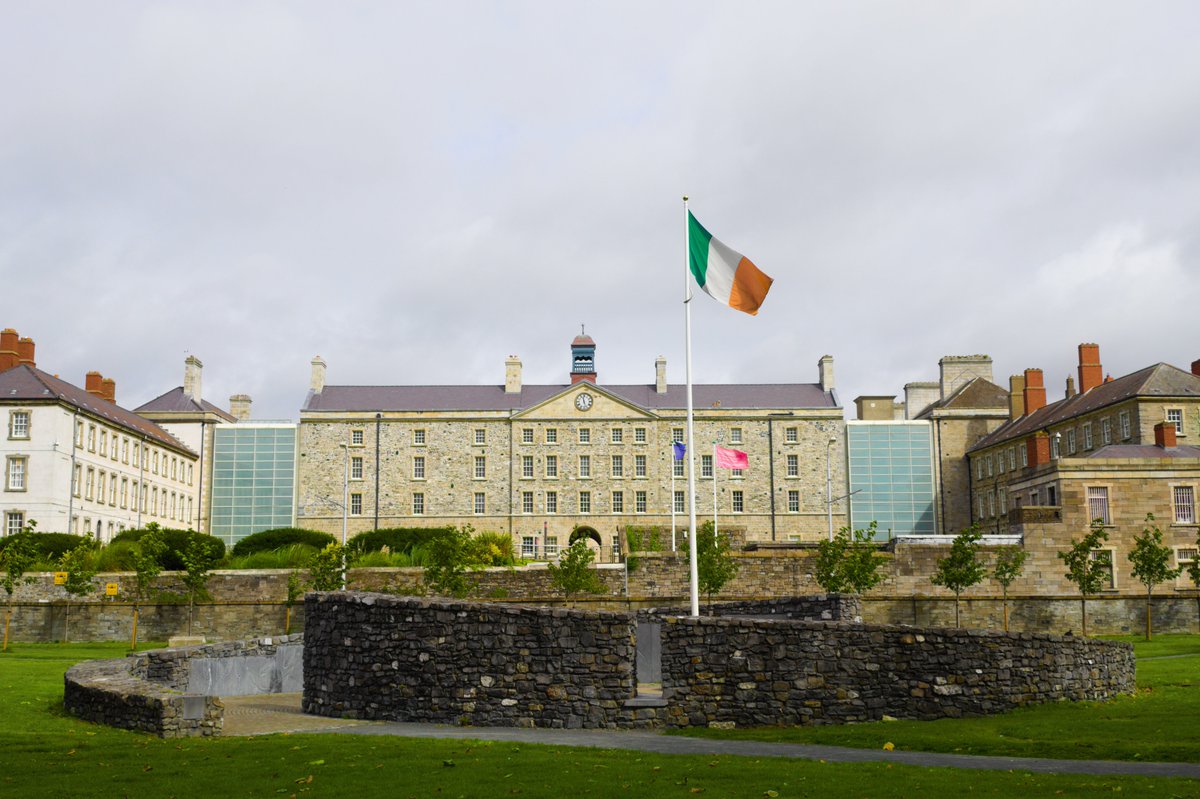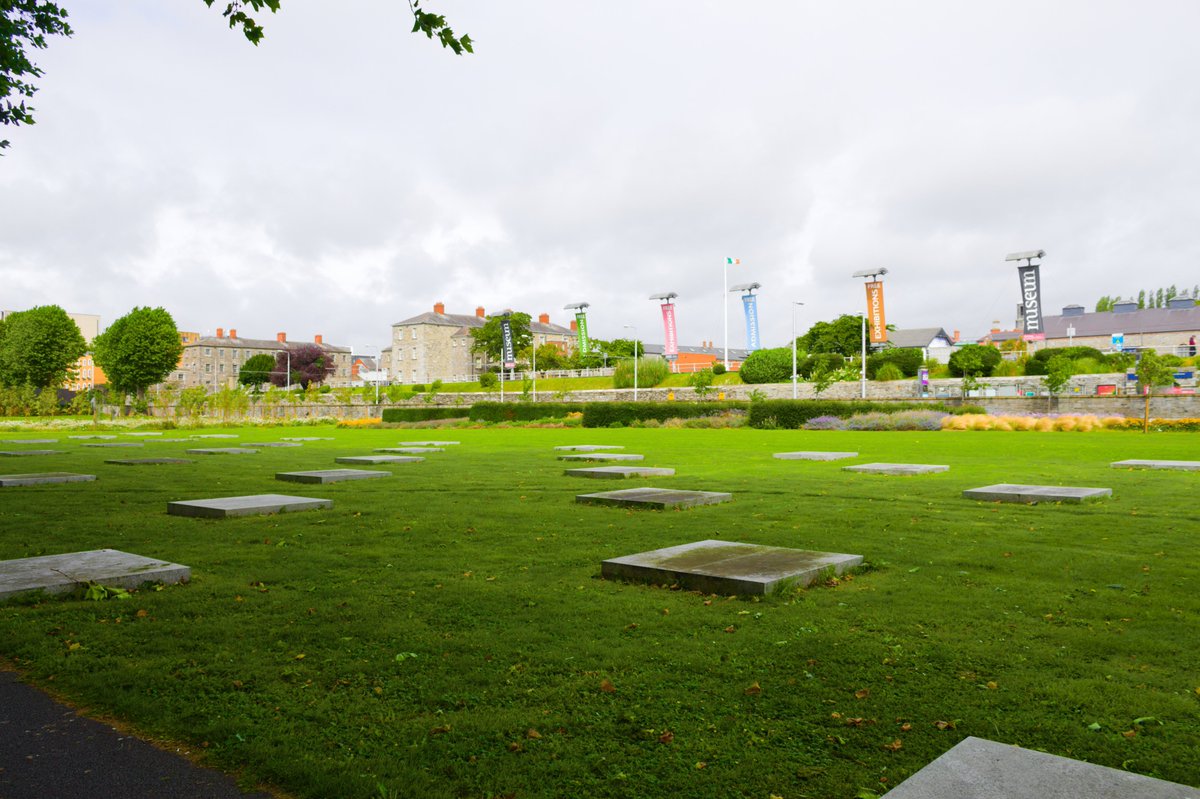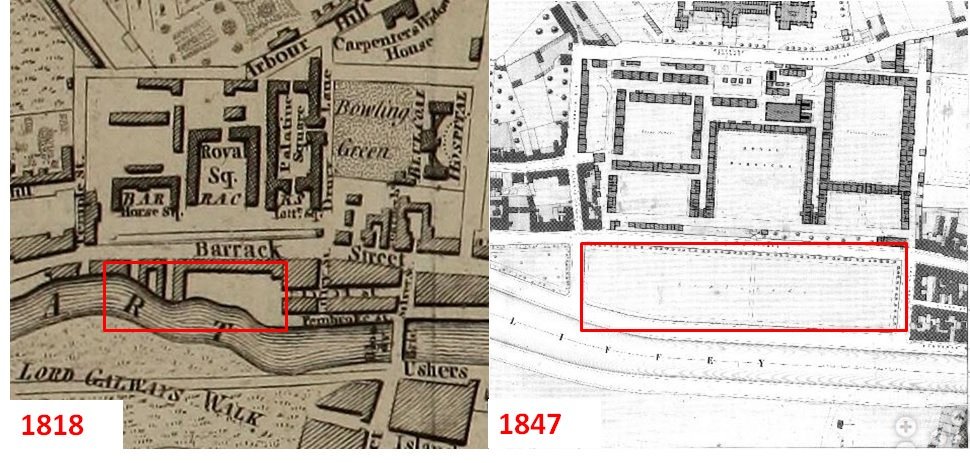
Discover Dublin is dedicated to exploring the hidden, little known or even forgotten, parts of Dublin.
How to get URL link on X (Twitter) App




 stood here, called the Swastika Laundry! Founded in 1912, the symbol is actually that which is used in a myriad of Eurasian religions as a symbol of good luck. It was only usurped by the Nazi´s in the 1920´s. Still, the fact that this laundry had a fleet of red vans driving...~2
stood here, called the Swastika Laundry! Founded in 1912, the symbol is actually that which is used in a myriad of Eurasian religions as a symbol of good luck. It was only usurped by the Nazi´s in the 1920´s. Still, the fact that this laundry had a fleet of red vans driving...~2 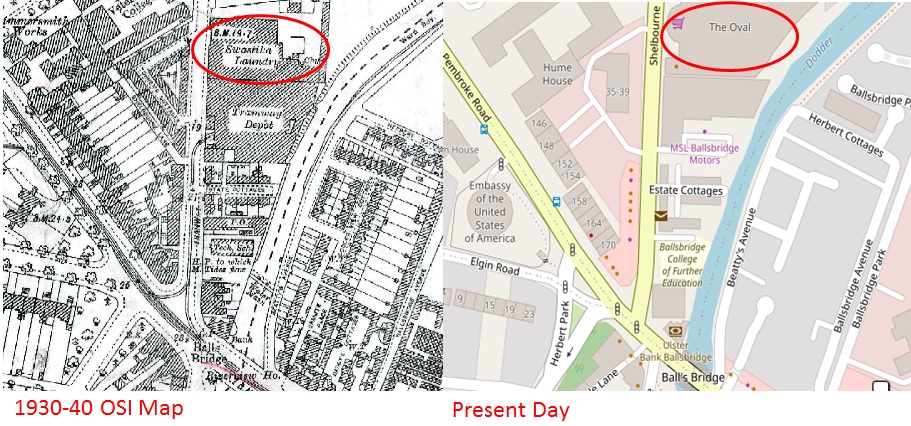




 plaque just off Moore St. Critical IRA decisions during the War of Independence (the burning of the Customs House) were taken in this house. It was a meeting place for monumental figures in Irish history, including Dev & Michael Collins. And now it is gone! Wiped from the...~2
plaque just off Moore St. Critical IRA decisions during the War of Independence (the burning of the Customs House) were taken in this house. It was a meeting place for monumental figures in Irish history, including Dev & Michael Collins. And now it is gone! Wiped from the...~2 





 c1181-1212, standing for 600yrs until it was rebuilt in 1720. Due to the congregation increasing, a new church was built at the corner of Angelsea Rd/Simmonscourt Rd, & St. Marys was demolished. A small wall in the centre of the cemetery is thought to be from this church. ~2
c1181-1212, standing for 600yrs until it was rebuilt in 1720. Due to the congregation increasing, a new church was built at the corner of Angelsea Rd/Simmonscourt Rd, & St. Marys was demolished. A small wall in the centre of the cemetery is thought to be from this church. ~2 




 Trinity College. Due to the nature of the magnetic research that was to take place within, all the materials used in its construction had to be devoid of magnetic influence, so copper, brass & gun-metal were substituted for iron. Humphrey Lloyd, Rev. Prof. of Natural &...~2
Trinity College. Due to the nature of the magnetic research that was to take place within, all the materials used in its construction had to be devoid of magnetic influence, so copper, brass & gun-metal were substituted for iron. Humphrey Lloyd, Rev. Prof. of Natural &...~2 






 the form of a Greek Cross, appearing as a single roomed building. However, it consists of 16(!) rooms across 3 floors. The Roman funerary urns at the top are actually chimneys, 4 of the columns are rainwater drains & the door at the front – only 2 panels are the actual door. ~2
the form of a Greek Cross, appearing as a single roomed building. However, it consists of 16(!) rooms across 3 floors. The Roman funerary urns at the top are actually chimneys, 4 of the columns are rainwater drains & the door at the front – only 2 panels are the actual door. ~2 





 the owner of Marino house (& the Casino in Marino), who really liked his views! Ill do a piece on the Casino at a later date, but suffice it to say, Caulfield had built the Casino so he could view out across his magnificent gardens & Dublin bay. He even had tunnels built so...~2
the owner of Marino house (& the Casino in Marino), who really liked his views! Ill do a piece on the Casino at a later date, but suffice it to say, Caulfield had built the Casino so he could view out across his magnificent gardens & Dublin bay. He even had tunnels built so...~2 




 remains (in most cases) would be buried in unconsecrated ground, fixed via stakes, so their unhappy spirit would not roam the locale. The remains of criminals, highwaymen & Cholera victims are also said to be interred here. Bram Stoker, who lived in the locale..~2
remains (in most cases) would be buried in unconsecrated ground, fixed via stakes, so their unhappy spirit would not roam the locale. The remains of criminals, highwaymen & Cholera victims are also said to be interred here. Bram Stoker, who lived in the locale..~2 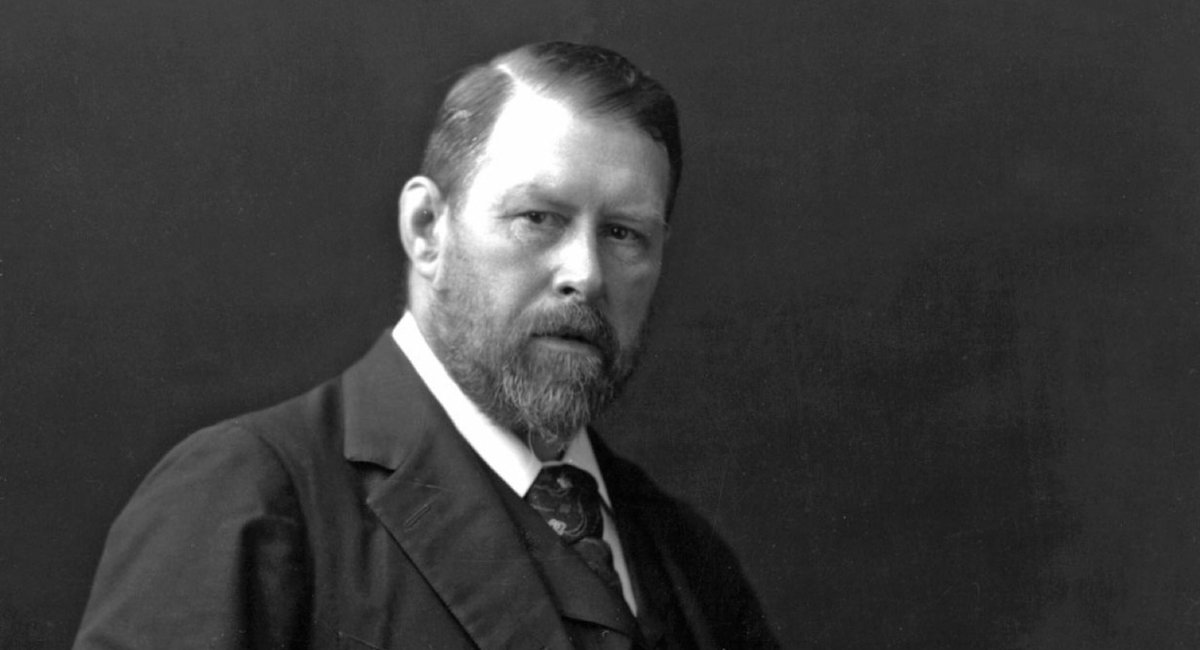




 whom were executed for their role in the 1916 Rising. Erected in 1889, the sculpture depicts Éireann, sitting holding a harp, with an Irish wolfhound to her right & items of trade, symbolising commerce to her left.
whom were executed for their role in the 1916 Rising. Erected in 1889, the sculpture depicts Éireann, sitting holding a harp, with an Irish wolfhound to her right & items of trade, symbolising commerce to her left. 




 the original street name – "Sráid Thobar Phádraig", the Street of Saint Patrick’s Well. The entrance to the well itself can be seen at the Nassau St side to Trinity College. There is even a well-like boundary around a tree, sitting above the well location. ~2
the original street name – "Sráid Thobar Phádraig", the Street of Saint Patrick’s Well. The entrance to the well itself can be seen at the Nassau St side to Trinity College. There is even a well-like boundary around a tree, sitting above the well location. ~2 





 it had an adjacent street called "Cut Throat Lane" (known as such since 1488. Thankfully its no longer there). Both names reflected the violent nature of the area. In 1876, Murdering Lane was changed to Cromwell’s Quarters in 1876. Same difference you might say, but the new...~2
it had an adjacent street called "Cut Throat Lane" (known as such since 1488. Thankfully its no longer there). Both names reflected the violent nature of the area. In 1876, Murdering Lane was changed to Cromwell’s Quarters in 1876. Same difference you might say, but the new...~2 



 Division. Beside these, planted in formation, are Cherry trees to represent soldiers. When in bloom (which will be in a few weeks’ time) they scatter petals across the lawn representing fallen men & the blood they spilled. Fountains on either side of the war stone represent (2/7)
Division. Beside these, planted in formation, are Cherry trees to represent soldiers. When in bloom (which will be in a few weeks’ time) they scatter petals across the lawn representing fallen men & the blood they spilled. Fountains on either side of the war stone represent (2/7) 


 the owner of the Casino in Marino, who really liked his views! Ill do a piece on the Casino at a later date, but suffice it to say, Caulfield had built the Casino so he could view out across his magnificent gardens & Dublin bay. He even had tunnels built so his servants...(2/12)
the owner of the Casino in Marino, who really liked his views! Ill do a piece on the Casino at a later date, but suffice it to say, Caulfield had built the Casino so he could view out across his magnificent gardens & Dublin bay. He even had tunnels built so his servants...(2/12) 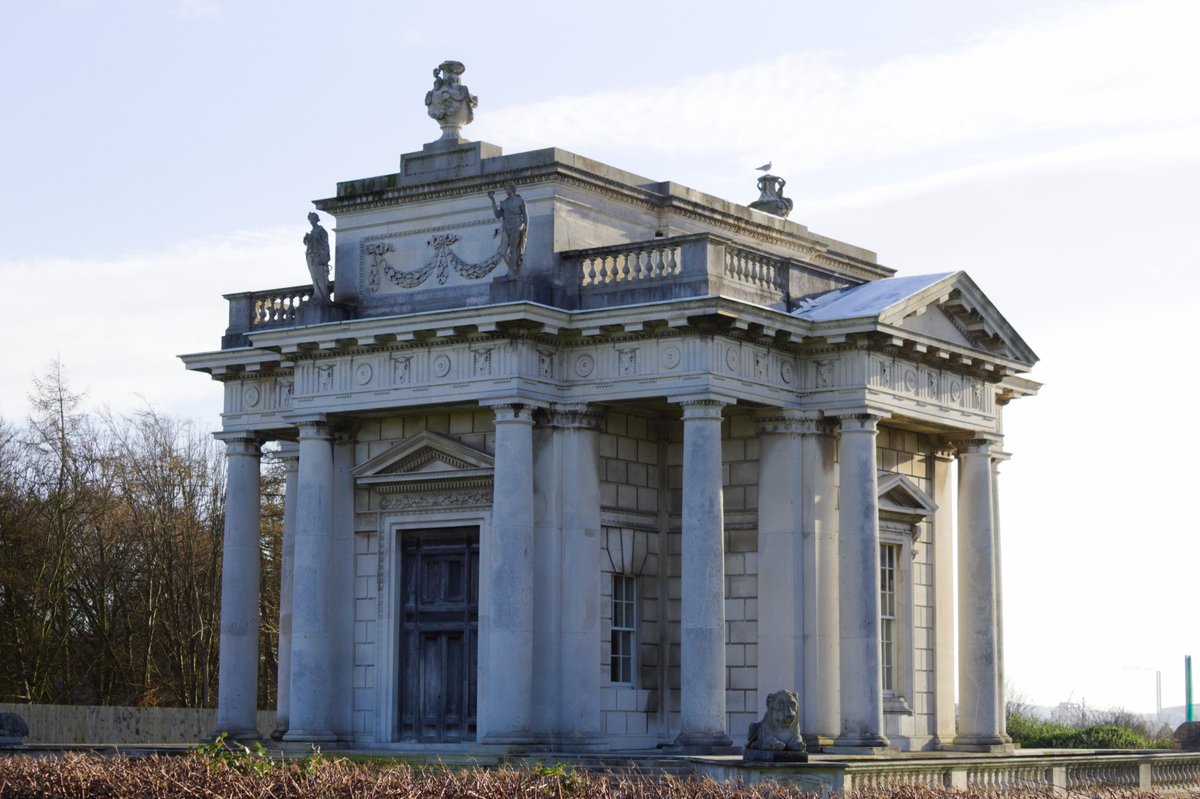



 in 5618! This is according to the Hebrew calendar & equates to 1857 in the Gregorian calendar. It is currently owned by Dublin City Council, who plan to refurbish & reopen it to the public. The last burial to take place here was in 1958 & officially closed in 1978. There... (2/8)
in 5618! This is according to the Hebrew calendar & equates to 1857 in the Gregorian calendar. It is currently owned by Dublin City Council, who plan to refurbish & reopen it to the public. The last burial to take place here was in 1958 & officially closed in 1978. There... (2/8) 




 found on the site, the Liffey was realigned through the area, which may have removed all trace of the bodies. The Memorial Park was designed and laid out in 1998. However, I now look upon this park differently ever since I listened to the fantastic @irishhistory podcast on the..
found on the site, the Liffey was realigned through the area, which may have removed all trace of the bodies. The Memorial Park was designed and laid out in 1998. However, I now look upon this park differently ever since I listened to the fantastic @irishhistory podcast on the.. 